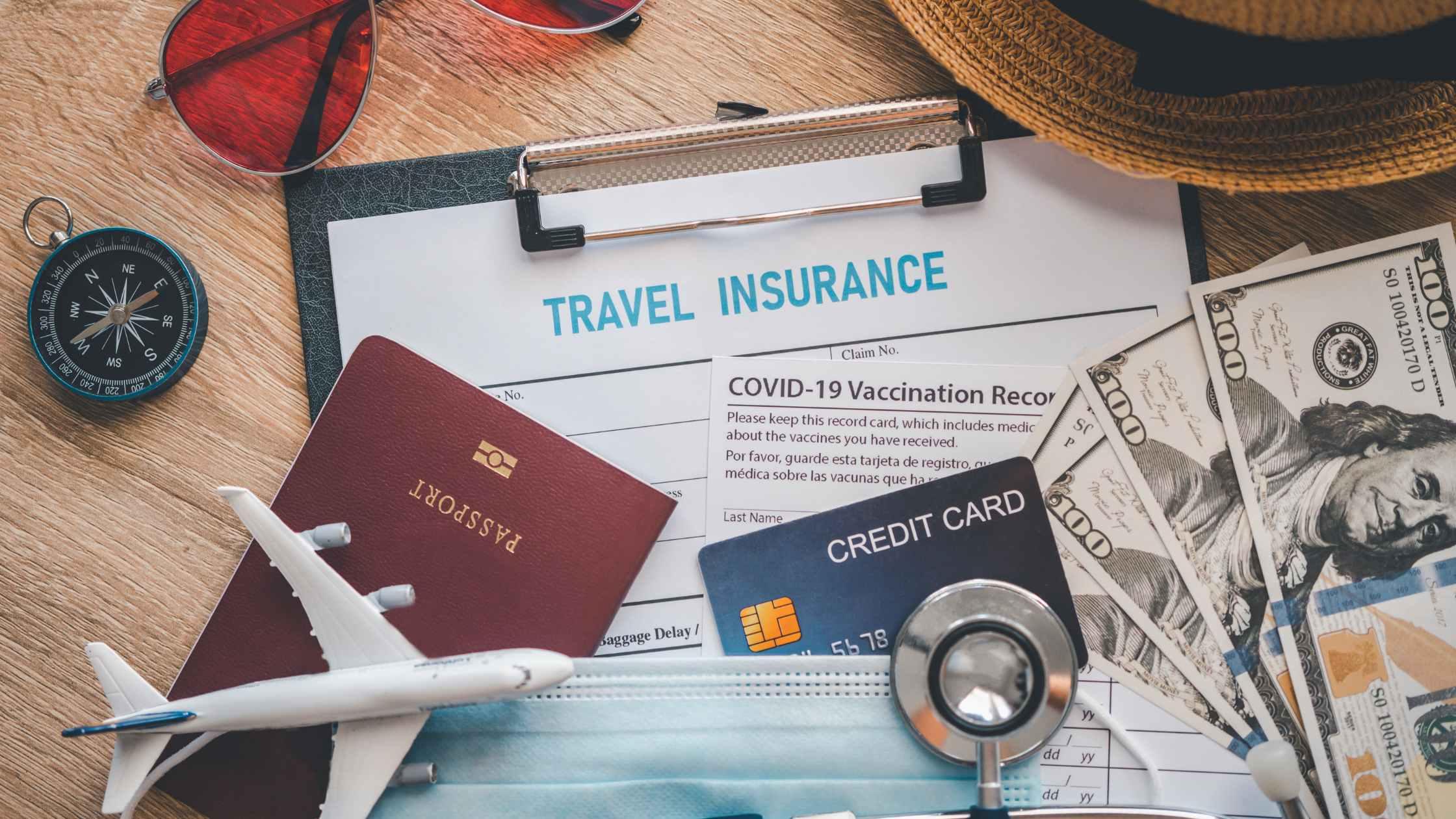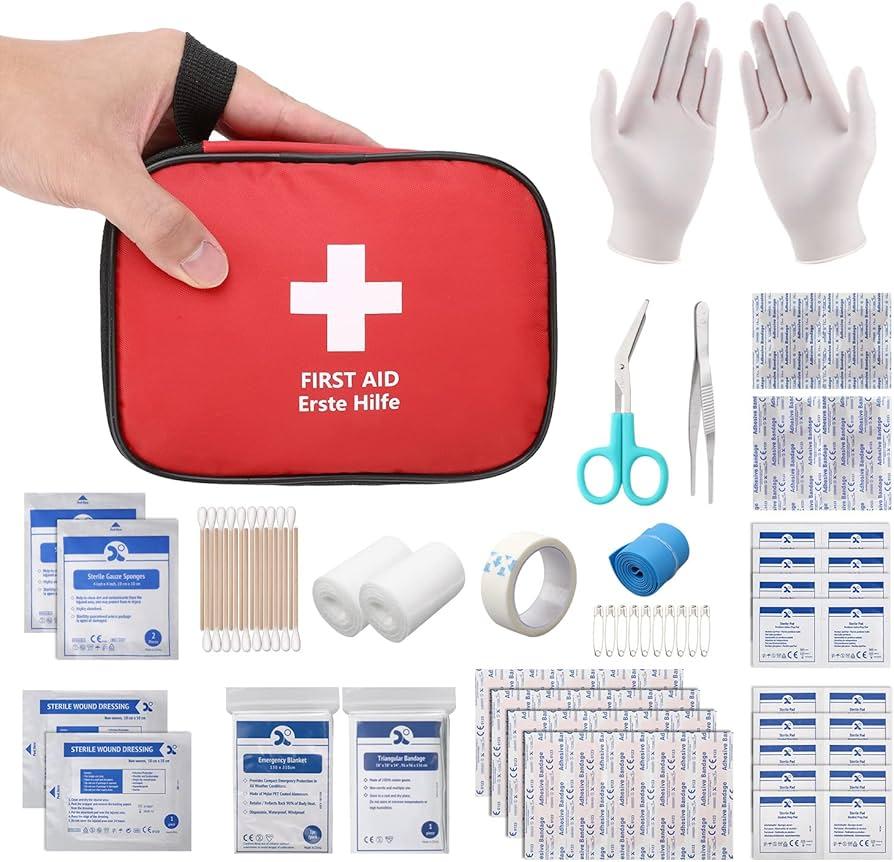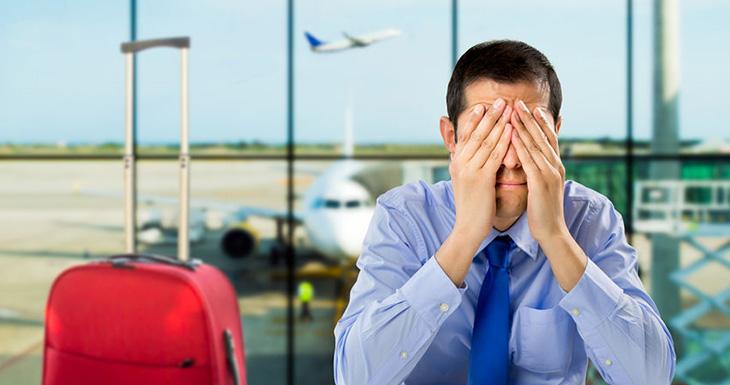Traveling can be an exciting adventure, but it also comes with its share of unexpected challenges. From missed flights to lost luggage, emergencies can arise at any time, potentially disrupting your plans and causing stress. Being prepared and knowing how to respond in these situations can make all the difference. This article offers essential tips for effectively managing travel emergencies, helping you stay calm and navigate any situation that comes your way. With a little knowledge and planning, you can turn potential setbacks into minor inconveniences, allowing you to focus on enjoying your journey.
Table of Contents
- Understanding Common Travel Emergencies
- Preparing a Travel Emergency Kit
- Effective Communication During Crises
- Seeking Assistance and Resources While Traveling
- Wrapping Up
Understanding Common Travel Emergencies

Travel emergencies can arise unexpectedly, and being prepared to handle them can make a significant difference in your overall experience. Common issues travelers face include lost luggage, health issues, and transportation delays. Each of these situations can lead to stress and anxiety, but knowing how to manage these emergencies can help you regain control. Effective techniques include staying calm, identifying your resources, and remaining flexible with your plans. Always keep important contact numbers, travel insurance information, and emergency resources handy, whether on your phone or printed out in your travel documents.
Another important aspect of navigating travel emergencies is understanding what additional support is available to you. Building a helpful toolkit can help minimize disruptions:
- Emergency Contacts: Have a list of local emergency services, embassies, and healthcare facilities.
- Travel Insurance: Invest in travel insurance that covers a range of emergencies, from cancellations to health issues.
- First Aid Kit: Carry a small first aid kit with necessary medications and supplies.
| Emergency Type | Quick Tips |
|---|---|
| Lost or Delayed Luggage | Track your bags, report to airline, and keep receipts for essentials. |
| Health Issues | Know the location of nearby clinics; always carry your medications. |
| Transport Delays | Find alternative routes, notify accommodations, and stay updated. |
Preparing a Travel Emergency Kit

When traveling, it’s crucial to be prepared for unexpected situations. A well-thought-out emergency kit can provide peace of mind and potentially ease stress during crises. Start by including basic supplies such as first aid items, which should consist of band-aids, antiseptic wipes, pain relievers, and any personal medications. Additionally, make sure to pack essential documents like copies of your passport, travel insurance, and emergency contacts. This will ensure you have quick access to vital information when needed.
Expand your kit to include items that cater to specific travel scenarios. Opt for a small flashlight with extra batteries, a portable phone charger, and an emergency blanket. Consider adding a multi-tool or a Swiss army knife for versatility in unforeseen circumstances. To help you better organize your kit, here are some suggested components you might want to include:
- First Aid Supplies: Band-aids, gauze, antiseptic wipes
- Documents: Passport copies, travel insurance information, emergency contacts
- Communication Tools: Portable charger, emergency whistle
- Food & Water: Non-perishable snacks, water purification tablets
- Utility Items: Multi-tool, flashlight, extra batteries
Effective Communication During Crises
During a travel emergency, clarity and transparency in communication can significantly alleviate stress for everyone involved. First and foremost, ensure that you are using concise language that is easy to understand. Avoid jargon and overly complex terms; instead, focus on the essential information that needs to be conveyed. Regular updates, even if there is no new information, reassure those affected that the situation is being managed. Remember to address all stakeholders clearly, whether they are travelers, travel companions, or service providers.
Utilizing multiple channels for communication can enhance the effectiveness of your message. Consider these strategies:
- Email alerts: Quick updates sent directly to individuals impacted.
- Social media posts: Broad outreach for real-time updates.
- Text messages: Instant notifications for urgent messages.
- Emergency hotlines: A dedicated line for immediate assistance.
Additionally, it’s beneficial to create a communication flowchart that outlines the steps to take in various emergency scenarios. This will help streamline the process and ensure that everyone knows who to contact and what actions to take. Below is a simple example of such a flow:
| Situation | Action Required | Contact Person |
|---|---|---|
| Flight Cancelled | Notify the airline and rebook. | Travel Agent |
| Lost Luggage | Report to airport lost & found. | Airline Customer Service |
| Medical Emergency | Contact local emergency services. | Travel Insurance Provider |
Seeking Assistance and Resources While Traveling
When dealing with travel emergencies, it’s crucial to know where to seek help. Start by familiarizing yourself with local resources before you embark on your journey. This includes identifying the nearest hospitals, police stations, and embassies. It’s also wise to keep a list of emergency contact numbers handy, not just for your home country but for local authorities as well. In case you find yourself in need of immediate assistance, don’t hesitate to reach out to your hotel concierge or staff; they often have valuable knowledge about local services and can provide guidance in a crisis.
Additionally, make use of technology to enhance your safety while traveling. Download travel apps that can assist in emergencies, such as maps for navigating your surroundings, translation tools for communicating effectively, and local emergency service locators. A well-curated list of online resources can also come in handy, including:
- Travel Insurance Contacts – Ensure you have your insurance provider’s number accessible for quick claims.
- Local Emergency Numbers – Research and document emergency hotlines relevant to the country you are visiting.
- Embassy Websites – Bookmark your embassy’s page to access real-time assistance and guidance.
consider creating a simple reference table outlining crucial contacts and resources specific to your travel destinations. This can serve as a quick guide when needed:
| Resource | Contact Information |
|---|---|
| Local Police | Dial 112 |
| Emergency Medical Services | Dial 911 |
| Your Hotel | (insert hotel phone) |
| Embassy | (insert embassy phone) |
Wrapping Up
managing travel emergencies effectively requires preparation, a calm mindset, and the right resources at your fingertips. By following the tips outlined in this article, you can navigate unexpected situations with greater confidence and ease. Remember, the key is to stay informed and adaptable. With a little planning and awareness, you can turn a potential crisis into a manageable experience. Safe travels!



